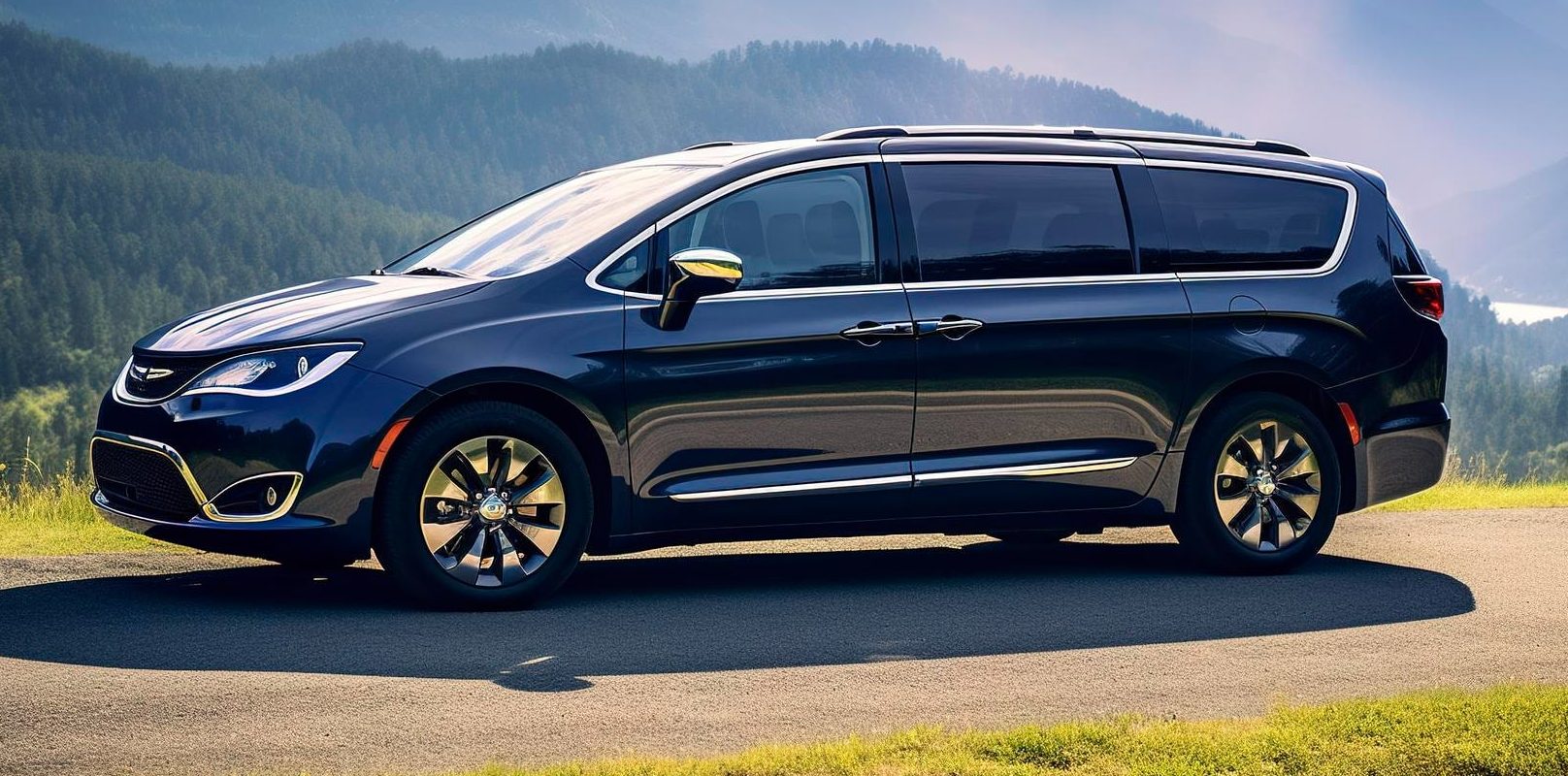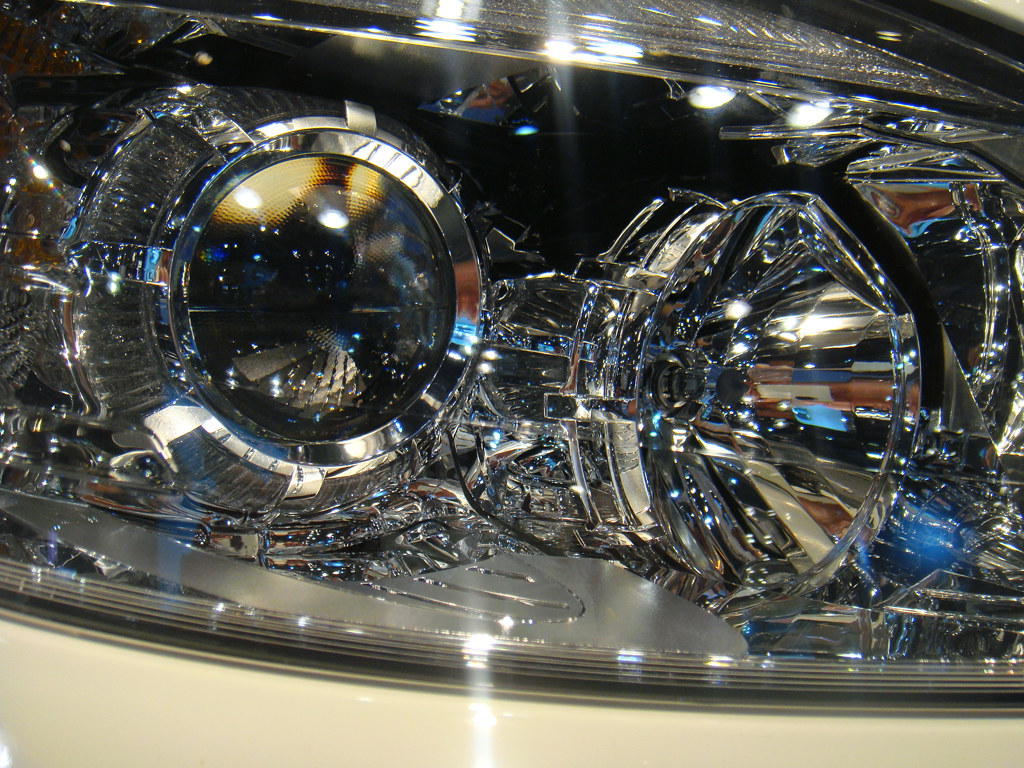
Car loan rates are currently very high, leaving many consumers puzzled and concerned about the cost of financing a vehicle. If you haven’t purchased a vehicle in a few years, you may be in for a shock when you apply for an auto loan. You’ll not only contend with higher car prices but also a significant increase in interest rates, which are the highest they’ve been since 2015 for new vehicles and since 2007 overall. This trend impacts everyone, making it crucial to understand the underlying dynamics.
Understanding why car loan rates are so high is a vital step towards making informed financial decisions. Various factors influence these rates, ranging from broad economic conditions and central bank policies to individual credit scores and specific car market dynamics. The convergence of these elements has created a challenging environment for car buyers, translating into higher monthly payments and a greater overall cost for vehicle ownership.
This in-depth article will break down the complex web of reasons contributing to today’s elevated car loan rates. We will explore the key economic indicators, market forces, and lender practices that dictate these figures, offering you a comprehensive overview. By dissecting these influential factors, we aim to empower you with the knowledge needed to navigate the current automotive financing landscape more effectively.

1. **Inflation Impact and Federal Reserve Policies**One of the most significant drivers of high car loan rates is the pervasive impact of inflation and the responsive measures taken by the Federal Reserve. Inflation makes things cost more, directly extending to the cost of cars and their financing. When prices for goods and services rise, banks must adjust their lending rates to cover increased operational costs and maintain profitability, leading directly to higher car loan rates.
The Federal Reserve plays a pivotal role by setting benchmark interest rates to control inflation. By making borrowing more expensive, the Fed aims to cool down economic spending. When the Federal Reserve raises its rates, commercial banks typically follow suit, making car loans more expensive for consumers. The FOMC increased rates 11 times between March 2022 and September 2024 to achieve this goal, with rates now the highest they’ve been in 22 years.
Edmunds data for August 2023 shows the average annual percentage rate (APR) was 7.4% for new financed vehicles and 11.2% for used, the highest since 2015. Even with recent cuts, “the Federal funds rate was cut three times in 2024 and once in September 2025, so it currently sits at 4-4.25 percent,” as Bankrate’s Sarah Foster notes, it “only takes borrowing costs back to levels last seen in 2022.” This continued effort to quell inflation means high car loan interest rates are likely to linger, profoundly affecting the cost of vehicle financing.
Read more about: The Enduring Journey: Unpacking the Profound Reasons Why Americans Are Keeping Their Cars for Two Decades and Beyond

2. **Credit Score Influence and Risk Assessment**Your credit score is a supremely influential factor in determining your car loan interest rate. Lenders scrutinize your score as a primary indicator of financial reliability. A higher credit score signifies lower risk, suggesting you are more likely to make timely payments. Conversely, a lower score indicates higher risk, prompting lenders to charge more to mitigate potential losses.
Before extending any loan, lenders conduct a thorough risk assessment, reviewing your credit history for late payments or defaults. A history of responsible credit management signals a low-risk borrower, qualifying you for more favorable interest rates. Conversely, a checkered financial past increases perceived risk, leading to significantly higher rates, as lenders must protect themselves.
Lenders use an interest rate tier system based on credit scores. Higher scores access more competitive rates, while lower scores face incrementally rising rates to compensate for increased risk. Experian data from Q2 2024 illustrates this: Superprime borrowers (781-850) averaged 5.25% for new cars, whereas Deep Subprime (300-500) faced 15.77%. For used cars, these rates were 7.13% and a staggering 21.55%, respectively, clearly showing how critical your credit score is in the car loan equation.
Read more about: Navigating the Surge: 12 Key Reasons Your Car Insurance Rates Are Skyrocketing in Today’s Market

3. **Market Demand and Vehicle Shortages**The dynamics of market demand, combined with persistent vehicle shortages, are powerful forces pushing car loan rates upwards. High rates stem significantly from increased demand for vehicles, coupled with limited supply, all against a backdrop of fluctuating economic conditions. Lenders adjust interest rates in response to these market conditions, managing the inherent risks associated with their lending portfolios.
Car factories have faced numerous production challenges, leading to a significant reduction in new vehicle availability. Issues like the global semiconductor shortage have impacted inventory levels. With fewer new cars produced, the principle of supply and demand dictates that prices will rise. These higher prices necessitate larger loan amounts, which naturally come with higher interest rates.
Consumer trends also play a crucial role. There’s been a noticeable shift towards buying more used cars, driven by the scarcity and high cost of new vehicles, pushing up used car prices too. Many consumers seek newer models with advanced features, inherently more expensive. The average financed amount for new cars rose from $30,993 in August 2018 to $40,186 in August 2023, reflecting inflation and preference for pricier SUVs, leading to larger loans and higher interest rates.
Read more about: Navigating the Surge: 12 Key Reasons Your Car Insurance Rates Are Skyrocketing in Today’s Market

4. **Lender Practices and Profit Motives**Beyond external economic forces, the internal practices and profit motives of lenders themselves contribute significantly to high car loan rates. Lenders are fundamentally driven to make money, strategically setting high rates and often incorporating additional fees to maximize profit margins, cover operational costs, and manage risks. These practices directly impact the total cost of vehicle financing for the consumer.
The structure of loan terms is another influential area. Shorter loan terms typically feature lower interest rates but come with higher monthly payments. Conversely, longer loan terms, while offering lower individual monthly payments, are frequently accompanied by higher interest rates. This means that over the entire duration of a longer loan, you will pay significantly more in total interest, making the loan more expensive in the long run. Car loans often have shorter terms than other loans, and vehicles depreciate rapidly, increasing lender risk.
The combined effect of high interest rates and persistently elevated car prices has pushed the average monthly payment for a new car to an all-time high of $736, according to Edmunds. For new large SUVs, over 70% of buyers now face monthly payments exceeding $1,000. It’s crucial not to rely solely on dealerships for financing, as their offers may not be the most competitive. As Ivan Drury of Edmunds notes, “zero-percent financing deals are all but gone for the average car shopper,” usually requiring nearly flawless credit when available.
Read more about: Unlock Your Car’s Security: The 15 Most Common Items Thieves Target (And Why You Should Never Leave #5 Behind)

5. **Global Supply Chain Issues**Persistent disruptions in global supply chains continue to be a foundational problem underpinning higher car loan rates. A critical challenge is the scarcity of essential car parts. Factories worldwide struggle to source components like microchips and raw materials, leading to severe production bottlenecks. This direct impact on manufacturing inevitably affects car prices; limited production coupled with high demand drives prices up, making car loans more expensive.
These widespread global supply chain issues translate directly into significant delays at car factories. Less production volume means fewer new cars reach dealerships, exacerbating scarcity. The resulting high demand for limited inventory allows prices to climb. As car prices rise, the average loan amount increases, leading to higher interest rates charged by lenders. These delays, from component manufacturing to final assembly, add to the overall cost burden, affecting both new and used vehicle markets.
“Costs were leveling out, but tariffs on vehicles, parts and raw materials are expected to raise vehicle prices again over the summer,” further highlighting the sustained impact of supply chain issues on pricing. This outlook suggests that these disruptions are not transient but exert lasting influence on car pricing and financing costs. Despite these formidable challenges, consumer demand for vehicles remains strong due to “Covid-related manufacturing disruptions” which denied access to new cars, causing consumers to “dig in, record payments notwithstanding.” This pent-up demand allows automakers and lenders to sustain high prices and interest rates.
Read more about: Navigating the Surge: 12 Key Reasons Your Car Insurance Rates Are Skyrocketing in Today’s Market

6. **Government Regulations and Environmental Policies**Government regulations and evolving environmental policies also play a tangible, though often indirect, role in elevating car loan rates. Strict lending laws, while designed to protect consumers and the financial system, can sometimes make car loans more expensive. Banks must adhere to rigorous rules to ensure stability and prevent risky lending practices, aiming to ensure borrowers have the capacity to repay their loans and reduce financial instability.
However, these stringent regulations can inadvertently make it harder for some individuals to secure loans, especially those perceived as higher risk. To compensate for the added regulatory burden and the inherent risk, lenders often levy higher interest rates. This acts as a protective measure for lenders, covering operational costs and potential losses in a highly regulated environment. Ultimately, even well-intentioned regulations can contribute to the overall cost of borrowing.
New environmental policies significantly impact car loan rates by raising vehicle manufacturing costs and sticker prices. Cleaner cars, equipped with advanced technologies for reducing emissions, frequently come with a higher price tag. As car prices increase due to compliance with these policies, the required loan amount also rises, directly leading to higher interest rates. Lenders factor the car’s value into their rate calculations, so more expensive cars mean larger loans and higher rates, meaning policies aimed at reducing pollution can impact car loan rates for consumers.
Navigating the current landscape of high car loan rates requires a strategic approach and a willingness to explore various financial avenues. While the factors driving up rates may seem daunting, consumers are not powerless. By focusing on practical and actionable strategies, you can significantly improve your chances of securing a more favorable car loan. The next six sections will provide you with concrete steps and expert insights to empower your car-buying journey.
Read more about: Your Essential Guide: Navigating Extended EV Warranties for Maximum Savings and Peace of Mind

7. **Boost Your Credit Score**Your credit score stands as a cornerstone in determining the interest rate you’ll receive on a car loan. Lenders view a higher credit score as a strong indicator of financial responsibility and a lower risk of default. Conversely, a lower score suggests increased risk, leading lenders to charge higher rates to mitigate potential losses. Understanding this direct correlation is the first step toward better financing.
Taking proactive steps to improve your credit score can yield substantial savings over the life of your loan. Start by consistently paying all your bills on time, as payment history is a major component of your score. Additionally, focusing on clearing any outstanding debts, especially those with high interest rates, can reduce your credit utilization and positively impact your score. As financial advocate Courtney Alev recommends, aiming to use less than 10% of your available credit on credit cards is an excellent target.
Further enhancing your credit profile involves several key actions. Avoid applying for too many new credit cards simultaneously, as multiple hard inquiries can temporarily lower your score. Regularly check your credit report for any errors and dispute them promptly. Keeping older credit accounts open demonstrates a longer, more stable credit history. Even requesting an increase in your credit limit, if managed responsibly, can improve your credit utilization ratio, signaling a healthier financial picture to lenders. For instance, Experian data from Q2 2024 shows Superprime borrowers (781-850) averaged 5.25% for new cars, while Deep Subprime (300-500) faced 15.77%, clearly illustrating the financial benefit of a strong credit score.
Read more about: Don’t Let These Simple Mistakes Sabotage Your Financial Future: How Common Errors Can Instantly Drop Your Credit Score by 50 Points

8. **Shop Around and Secure Preapprovals**One of the most impactful strategies for securing a better car loan rate is to actively shop around and compare offers from multiple lenders before stepping into a dealership. Relying solely on the financing options presented by the dealership can mean missing out on more competitive rates. Dealerships often act as intermediaries, and their offers may not always be the most favorable available to you.
Broaden your search by reaching out to a diverse range of financial institutions. This includes large national banks, local community banks, credit unions, and various online lenders. Each institution has its own criteria for assessing risk and setting rates, so what might be considered a high rate by one could be an average or even good rate from another. Taking the time to gather quotes can reveal significant differences in interest rates and loan terms.
Crucially, seek preapprovals from these different lenders. A preapproval provides you with a concrete offer, including an interest rate and maximum loan amount, before you commit to a specific vehicle. This empowers you with a strong bargaining chip at the dealership, allowing you to compare their financing offers against your preapproved rates. Consumer financial advocate Courtney Alev also advises making all your auto loan inquiries within a two-week window of one another; this way, multiple inquiries will typically count as a single inquiry for credit reporting purposes, minimizing the impact on your credit score.
Read more about: Mastering Your Auto Loan: Expert Strategies to Negotiate a Better Interest Rate and Save Thousands

9. **Increase Your Down Payment**Making a larger down payment is a straightforward yet highly effective way to reduce the overall cost of your car loan and secure a more favorable interest rate. When you put down a substantial sum upfront, you are borrowing less money, which directly translates to lower monthly payments and a reduced total interest paid over the life of the loan.
From a lender’s perspective, a larger down payment significantly decreases their risk. By reducing the loan-to-value (LTV) ratio of the vehicle, you demonstrate a stronger financial commitment and reduce the amount the lender stands to lose should you default. This lower risk profile often encourages lenders to offer more competitive interest rates, as they see you as a more secure borrower.
As a general guideline, aiming for a 20% down payment on new cars and a 10% down payment on used vehicles is an excellent rule of thumb to save money over time. While coming up with a larger down payment might require some additional savings or patience, the long-term financial benefits—including lower interest costs and a quicker path to gaining equity in your vehicle—make it a strategy well worth considering.
Read more about: Unlock Your Potential: Simple Secrets to Using Your Network to Find the Perfect Mentor
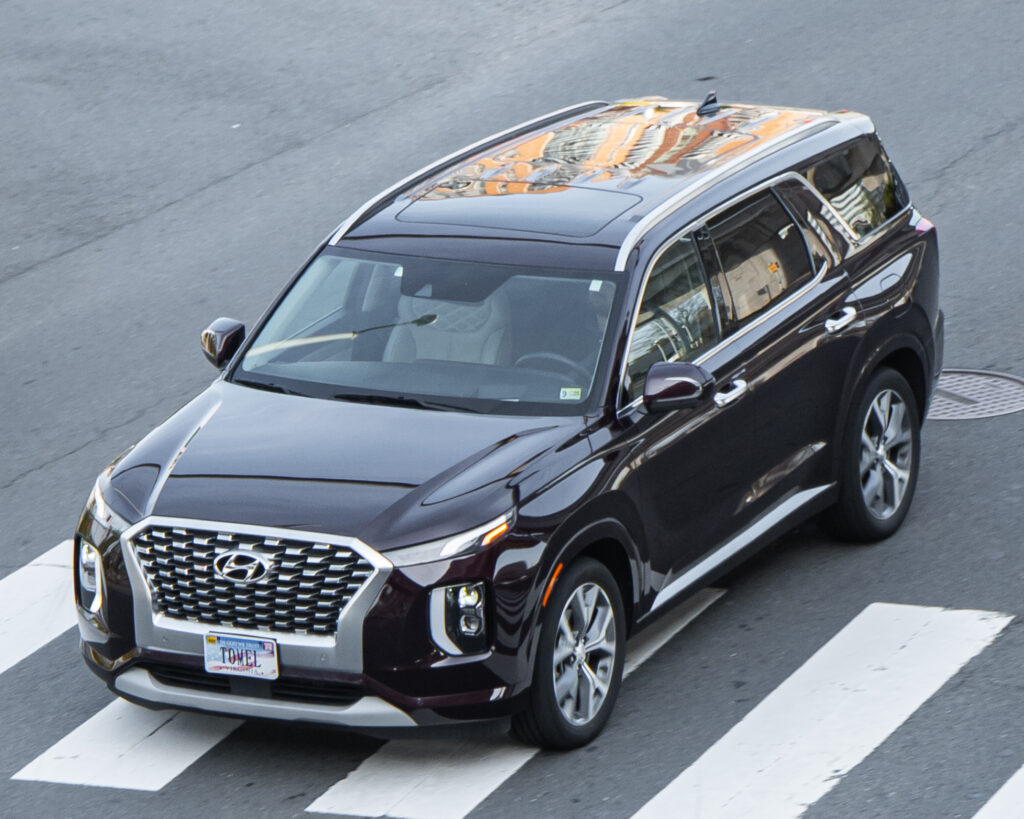
10. **Opt for a Shorter Loan Term**While longer loan terms may initially appear appealing due to their lower monthly payments, they almost invariably lead to paying significantly more in total interest over the life of the loan. This is a critical distinction that many car buyers overlook in their pursuit of immediate affordability. Lenders frequently apply higher interest rates to longer loan terms because the extended duration increases their risk exposure to potential changes in market conditions or the borrower’s financial situation.
Conversely, choosing a shorter loan term, typically up to 60 months, often comes with the benefit of lower interest rates. The reduced time frame means less risk for the lender, which they pass on to you as savings. Although your monthly payments will be higher with a shorter term, the amount of interest you pay overall will be substantially less, making the loan more cost-effective in the long run.
It’s essential to strike a balance between affordability and financial prudence. While an 84-month loan on a used car might offer a very low monthly payment, it also means you could be making payments on a very old and potentially high-maintenance vehicle by the time it’s paid off, losing equity rapidly. Prioritizing the shortest loan term that comfortably fits your budget will help you save a significant amount on interest charges, enabling you to gain equity in your vehicle much faster.
Read more about: The Jeep Legacy: How America’s Unstoppable 4×4 Conquered World War II and Beyond
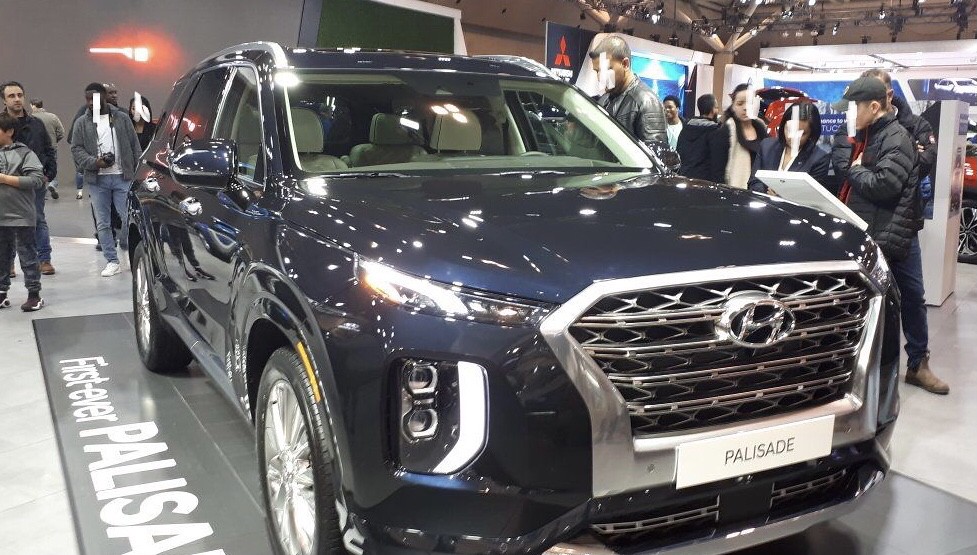
11. **Explore Smart Vehicle and Financing Alternatives**In a high-interest rate environment, it pays to be flexible and open-minded about your vehicle choice and financing method. Sometimes, the best strategy involves looking beyond the brand-new car with a traditional loan. Exploring alternatives can lead to significant savings and better financial outcomes.
Consider a Certified Pre-Owned (CPO) vehicle. These are lightly used cars that have undergone rigorous manufacturer inspections, thorough reconditioning, and come with a factory-backed limited warranty. While CPOs are often pricier than non-CPO used cars, they frequently come with promotional financing directly from the automaker’s finance arm, offering lower-than-average interest rates. As Edmunds’ Ivan Drury points out, “today’s CPOs are likely to have many of the creature comforts you’d look for in the new car, like Apple CarPlay and backup cameras,” ensuring you don’t compromise on modern amenities.
Leasing also presents a viable option, particularly if you prefer lower monthly payments or anticipate interest rates cooling down in the future. As Joseph Yoon, a consumer insights analyst at Edmunds, highlights, “Leasing gives you the flexibility to reevaluate the market in 2 to 4 years when interest rates may cool down.” For those considering an electric vehicle, it’s an opportune moment; automakers are offering discounts and incentives, and substantial tax credits are available on many new and used EV models. Matt Jones of TrueCar.com notes, “If you can make it work, discounts and incentives can be found on new EV models in today’s market. Also, day-to-day cost of ownership will likely be lower.” Furthermore, don’t hesitate to go easy on the options; base models today are often “jam packed with good stuff” and can significantly reduce the overall vehicle price and, consequently, your loan amount.
Read more about: Steering Clear of Financial Pitfalls: 14 Critical Mistakes First-Time EV Buyers Must Avoid
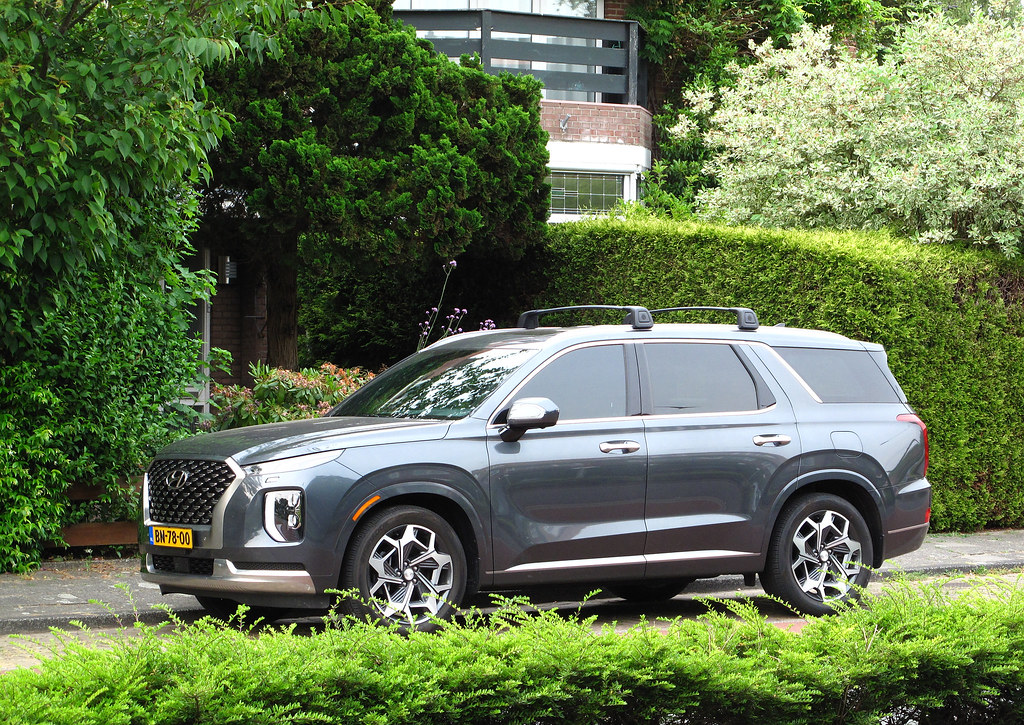
12. **Leverage Strategic Timing and Refinancing**Your initial car loan doesn’t have to be a permanent fixture, especially if you find yourself with a higher-than-desired interest rate due to current market conditions. A strategic approach to timing your purchase and considering future refinancing can offer a pathway to savings down the line.
If you’re in immediate need of a vehicle and are unable to secure an optimal rate, the “buy now, refinance later” strategy can be incredibly beneficial. Keep a close eye on interest rate trends, and if rates begin to fall in the coming years, proactively check with your bank or credit union about refinancing your loan. Refinancing at a lower rate can reduce your monthly payments and ultimately save you a significant amount in total interest over the remaining term of the loan.
Before you even begin seriously shopping, it’s crucial to understand your current financial standing. Find out how much your current vehicle is worth as a trade-in, utilizing online appraisal sites like Edmunds.com or KBB.com. Additionally, check if you are “under water” on your existing loan, meaning you owe more than the vehicle’s market value, as this debt would roll into a new loan, increasing your payments. Roberts of CarGurus advises assessing this beforehand. Taking the time to maintain your current vehicle while you work on improving your credit and saving for a larger down payment can also strategically position you for a better deal when you are ready to buy.
Finally, don’t limit your search to local dealerships. Cars don’t cost the same everywhere, and expanding your geographical search area can uncover better deals. CarGurus’ Roberts gave an example of used 2019 Toyota Rav4 vehicles being $2,000 less in Boston than in New York City, demonstrating how shopping across state lines, even with potential shipping or travel costs, could yield substantial savings on the vehicle price, which in turn impacts your loan amount and interest rate. Automakers also offer region-specific incentives that vary by market, which savvy shoppers can leverage.
Understanding why car loan rates are so high is just the beginning; empowering yourself with these actionable strategies is the key to navigating the current market successfully. By improving your credit, shopping around for the best lenders, making strategic down payments, and considering all available vehicle and financing options, you can take control of your car-buying experience. Stay informed, be proactive, and approach your next vehicle purchase with confidence, knowing you have the tools to secure a better rate and save money in the long run. The road to smarter car financing is within your reach.”
Read more about: Navigating Retirement: Understanding the ‘Worst’ Financial Pitfalls and Products Targeting Seniors Over 70
, “_words_section2”: “1863

